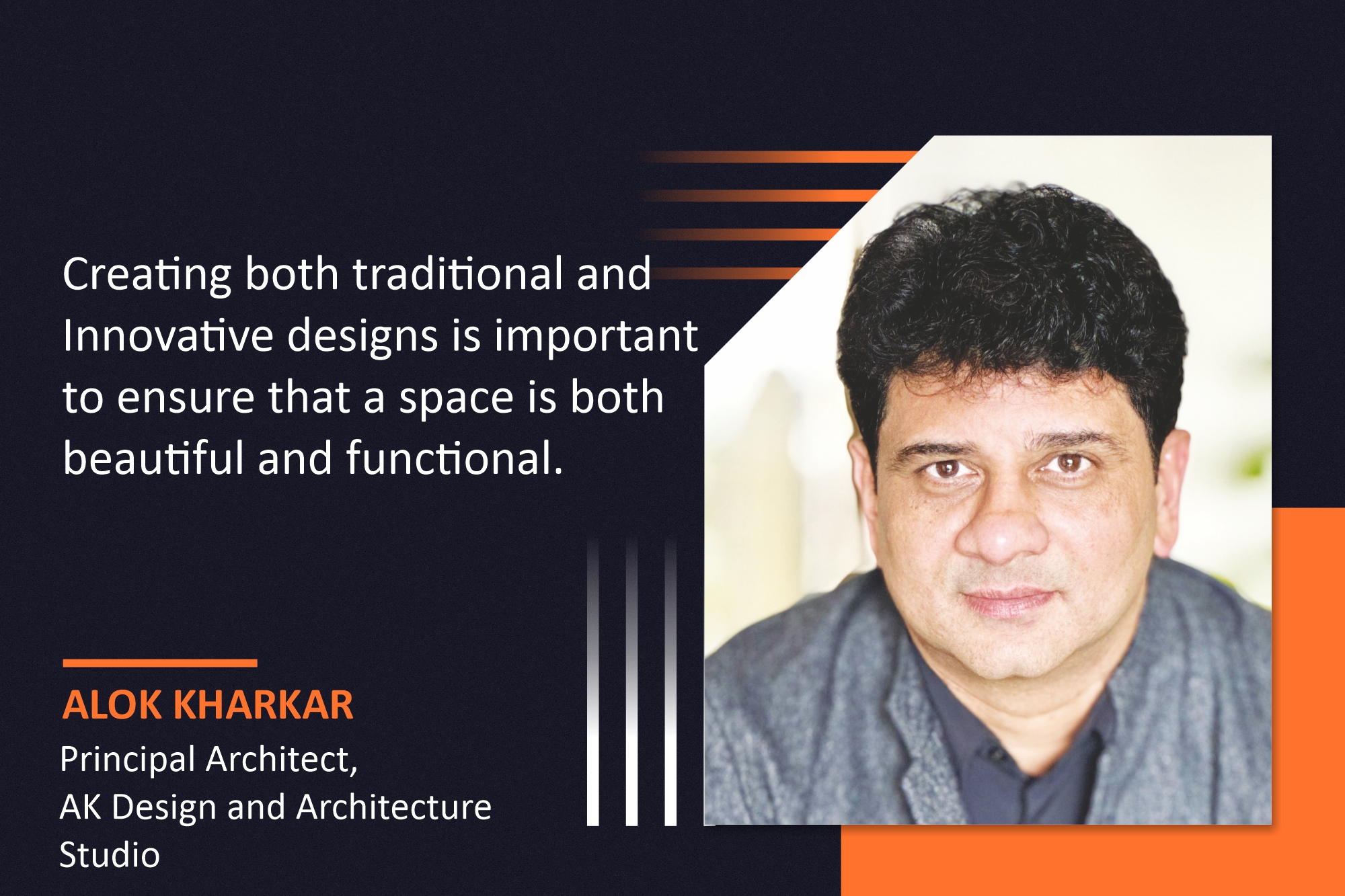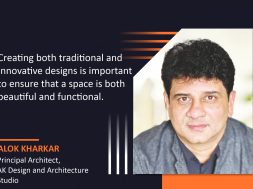A blend of tradition and innovation in architectural designs

This discussion delves into why architects should take a thoughtful approach, balancing tradition and innovation, to create spaces that are both functional and aesthetically beautiful.
What factors would you consider while blending cultural elements with modern architectural designs in your projects?
Blending cultural elements with modern architectural designs requires a thoughtful approach that balances tradition with innovation. One must understand the history, symbolism, and significance behind cultural elements to ensure the integration respects the original meaning and context. Since modern architecture often leans toward minimalism, one has to thoughtfully design elements (arches, intricate patterns, motifs, etc.) to transform them into sleek, modern geometric forms that reference the past while staying current. By considering these factors, a well-rounded and deeply respectful integration of cultural elements within modern architecture can be achieved, creating spaces that are not only beautiful but meaningful, functional, and innovative.
How do you balance aesthetics and functionality in your designs?
Balancing aesthetics and functionality in design is crucial because it should ensure a space is beautiful and practical. Getting to know the clients personally is essential; the curated design should be aesthetically pleasing and cater to their lifestyle. The design elements chosen should be timeless to ensure that the space does not feel dated quickly. While trends can add temporary visual excitement, focusing on classic, long-lasting design elements ensures that both form and function age well.

What, in your opinion, is the role of technology in shaping the future of architectural designs?
Technology plays a transformative role in shaping the future of architectural design, enhancing both the design process and the functionality of buildings. Technological advancements in construction techniques, such as 3D printing and prefabrication, are changing how buildings are constructed. Architects can now design and print entire building sections or modular units, significantly reducing labour costs and construction time. Buildings are increasingly becoming “smart”, with integrated systems that can monitor and control heating, cooling, lighting, and security via the Internet of Things (IoT). I firmly believe that the future of architectural design will be a fusion of advanced technologies—AI, automation, smart systems, sustainable materials, and immersive design tools—to create adaptable, beautiful, and highly functional buildings.
How do you ascertain sustainability through your design philosophy?
A design philosophy with a holistic approach that considers the environmental, social, and economic impact can ascertain sustainability. A basic, strategically designed building’s orientation, layout, and shape to maximise natural light, ventilation, and shading helps minimise the reliance on mechanical heating, cooling, and artificial lighting, creating a more energy-efficient and sustainable space. Integrating energy-efficient systems in appliances, incorporating renewable energy sources like solar panels, choosing locally sourced materials to reduce transportation energy and support local economies, and using recycled or upcycled materials are some of the steps I take to ascertain sustainability.
What are the important factors to consider while selecting the materials to ensure project sustainability?
Materials that help reduce environmental impact, improve building performance, and ensure long-term viability can be vital in project sustainability. Choosing materials with low embodied energy, low carbon emission, and rapid renewable energy is important. As an architect, I also ensure that my chosen materials do not release harmful chemicals or volatile organic compounds. I also ensure maximum water conservation by supporting water-efficient systems like rainwater harvesting or permeable paving.
For more details, visit: https://www.instagram.com/akdesignarchitecturestudio/
Cookie Consent
We use cookies to personalize your experience. By continuing to visit this website you agree to our Terms & Conditions, Privacy Policy and Cookie Policy.










